10 Reasons Twin Boring is Better for Holemaking than Helical Interpolation
Anyone who’s made holes understands the difficulties that can arise: vibration, wander and even breakage. When it comes to production-level volume, these issues become even more limiting. Many turn to helical interpolation with a mill as a reliable way to rough out holes. We’re here to tell you there’s a faster, easier option that’s sure to deliver the results you’re looking for and then some.
Boring heads like the SW 319 twin cutter provide an alternative to helical interpolation milling that’s proven to add far more value to hole-making operations.
- In a roughing operation, the tool is set once with no need for presetting after an insert change. Helical interpolation will require length setting and runout checks every time an end mill needs to be replaced.
- A twin rougher has fixed tool lengths and diameter scale, requiring no special equipment for set up.
- Perfect roundness is easier to achieve more consistently.
- A consistent inline feed requires less programming than the stepped removal required of an end mill or multiple boring bars.
- The plunging motion results in axial load as opposed to radial during helical interpolation, preserving the machine and spindle components.
- Especially in long-reach applications, the superior load balance in the cut makes for more reliable and consistent performance than a mill with sideload.
- Milling tools can have multiple inserts per flute, while the twin cutter only requires two, lessening consumable cost and replacement time.
- Chips are smaller, broken cleanly and open spaces between insert holders allow perfect chip formation and evacuation.
- Switching the mounting locations of the 319 insert holders allows for performing balanced- or stepped-cutting without additional accessories or adjustments.
- By swapping insert holder types, shanks and boring tool bodies can be used for other operations such as chamfering and back facing.
Watch application manager, Matt Tegelman, demonstrate how simple it is to adjust a twin boring head for stepped or balanced cutting.
A&L Machine discovered many of these benefits firsthand. “The results were immediate and undeniable,” Allen Dvoracek, A&L president, said. “We’re getting better parts off the machine sooner, allowing us to get to the next job ahead of schedule.“ Read more about A&L’s experience here.
To see how using indexable drilling and a twin cutter boring head can save you time compared to helical interpolation, watch our demonstration here.


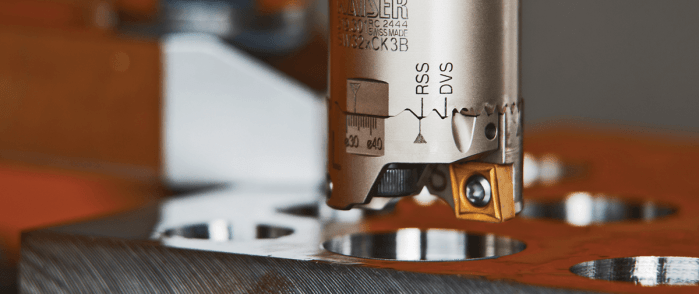
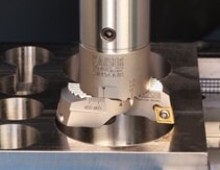
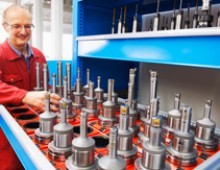
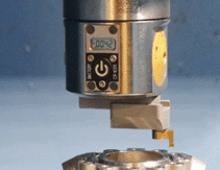
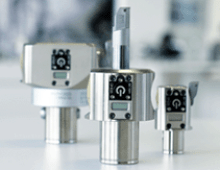
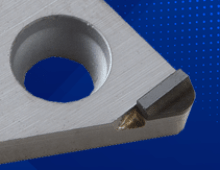
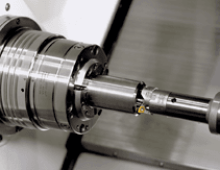
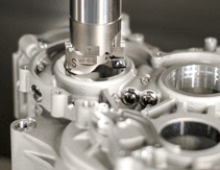
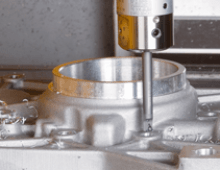
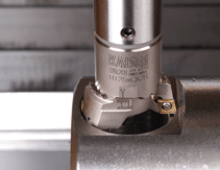
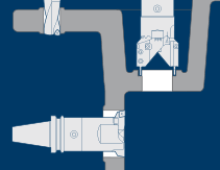
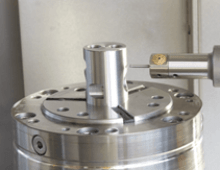
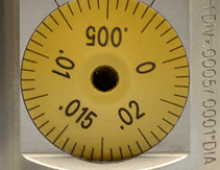
Did you find this interesting or helpful? Let us know what you think by adding your comments or questions below.